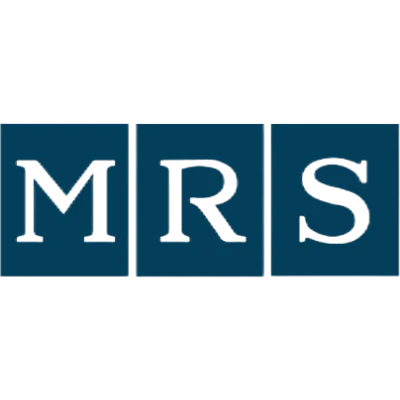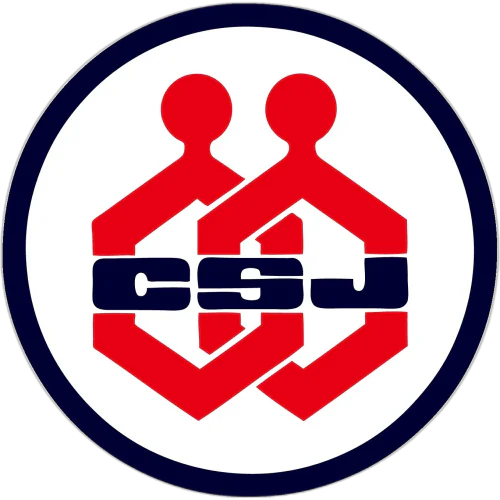Optical transient bleaching of quantum‐confined CdS clusters: The effects of surface‐trapped electron–hole pairs
We studied the optical transient bleaching of ∼40 Å, ammonia-passivated CdS clusters in a polymer with nanosecond and picosecond pump-probe techniques. The transient bleaching spectra behave differently in different time regimes. Within the 30-ps pump laser pulse width, we tentatively attribute the bleaching to the exciton-exciton interaction, and the magnitude can be enhanced by surface passivation. On time scales of tens of picoseconds and longer following the pump pulse, when only trapped electron-hole pairs remain from the pump excitation, the bleaching is due to the interaction between such a trapped electron-hole pair and a bound exciton produced by the probe light. Experimentally we determined that roughly one trapped electron-hole pair can bleach the excitonic absorption of the whole CdS cluster. We developed a theoretical model which considers the effects of the trapped electron-hole pair on the energy of the exciton transition and its oscillator strength. We found that, when a trapped electron and hole are present, the lowest exciton absorption is red-shifted from the original exciton absorption, and this transition has a weak oscillator strength, which explains the observed efficient bleaching. The model also predicts that a trapped electron is more efficient than a trapped hole for bleaching the excitonic absorption of CdS clusters in the size regime considered here. This is confirmed by pulse radiolysis results. Finally, we discuss the possible effects of charged surface defects on the linear absorption spectra of semiconductor clusters.
Top-30
Citations by journals
|
2
4
6
8
10
12
14
|
|
|
Langmuir
13 publications, 5.44%
|
|
|
Journal of Physical Chemistry B
13 publications, 5.44%
|
|
|
Journal of Applied Physics
10 publications, 4.18%
|
|
|
Physical Review B
9 publications, 3.77%
|
|
|
Chemistry of Materials
8 publications, 3.35%
|
|
|
Journal of Chemical Physics
6 publications, 2.51%
|
|
|
Optical Materials
6 publications, 2.51%
|
|
|
Journal of Physical Chemistry C
6 publications, 2.51%
|
|
|
Chemical Physics Letters
5 publications, 2.09%
|
|
|
Journal of the American Chemical Society
5 publications, 2.09%
|
|
|
Solid State Communications
4 publications, 1.67%
|
|
|
Physica E: Low-Dimensional Systems and Nanostructures
4 publications, 1.67%
|
|
|
Journal of the Optical Society of America B: Optical Physics
4 publications, 1.67%
|
|
|
Colloids and Surfaces A: Physicochemical and Engineering Aspects
3 publications, 1.26%
|
|
|
MRS Proceedings
3 publications, 1.26%
|
|
|
Journal of Luminescence
3 publications, 1.26%
|
|
|
Studies in Surface Science and Catalysis
3 publications, 1.26%
|
|
|
The Journal of Physical Chemistry
2 publications, 0.84%
|
|
|
Inorganic Chemistry
2 publications, 0.84%
|
|
|
Journal of Physical Chemistry A
2 publications, 0.84%
|
|
|
Inorganica Chimica Acta
2 publications, 0.84%
|
|
|
Thin Solid Films
2 publications, 0.84%
|
|
|
Journal of Photochemistry and Photobiology A: Chemistry
2 publications, 0.84%
|
|
|
Applied Physics Letters
2 publications, 0.84%
|
|
|
Journal of Colloid and Interface Science
2 publications, 0.84%
|
|
|
Materials Science and Engineering B: Solid-State Materials for Advanced Technology
2 publications, 0.84%
|
|
|
Bulletin of Materials Science
2 publications, 0.84%
|
|
|
Research on Chemical Intermediates
2 publications, 0.84%
|
|
|
Journal of Electronic Materials
2 publications, 0.84%
|
|
|
2
4
6
8
10
12
14
|
Citations by publishers
|
10
20
30
40
50
60
70
|
|
|
Elsevier
63 publications, 26.36%
|
|
|
American Chemical Society (ACS)
54 publications, 22.59%
|
|
|
American Institute of Physics (AIP)
19 publications, 7.95%
|
|
|
Springer Nature
18 publications, 7.53%
|
|
|
Wiley
15 publications, 6.28%
|
|
|
American Physical Society (APS)
10 publications, 4.18%
|
|
|
IOP Publishing
8 publications, 3.35%
|
|
|
Royal Society of Chemistry (RSC)
8 publications, 3.35%
|
|
|
Pleiades Publishing
6 publications, 2.51%
|
|
|
Taylor & Francis
4 publications, 1.67%
|
|
|
Optical Society of America
4 publications, 1.67%
|
|
|
Materials Research Society
3 publications, 1.26%
|
|
|
Walter de Gruyter
3 publications, 1.26%
|
|
|
Autonomous Non-profit Organization Editorial Board of the journal Uspekhi Khimii
2 publications, 0.84%
|
|
|
The Chemical Society of Japan
1 publication, 0.42%
|
|
|
EDP Sciences
1 publication, 0.42%
|
|
|
The Electrochemical Society of Japan
1 publication, 0.42%
|
|
|
The Royal Society
1 publication, 0.42%
|
|
|
Optical Society of India
1 publication, 0.42%
|
|
|
Cambridge University Press
1 publication, 0.42%
|
|
|
Japan Society of Applied Physics
1 publication, 0.42%
|
|
|
American Association for the Advancement of Science (AAAS)
1 publication, 0.42%
|
|
|
Bentham Science
1 publication, 0.42%
|
|
|
10
20
30
40
50
60
70
|
- We do not take into account publications without a DOI.
- Statistics recalculated only for publications connected to researchers, organizations and labs registered on the platform.
- Statistics recalculated weekly.























